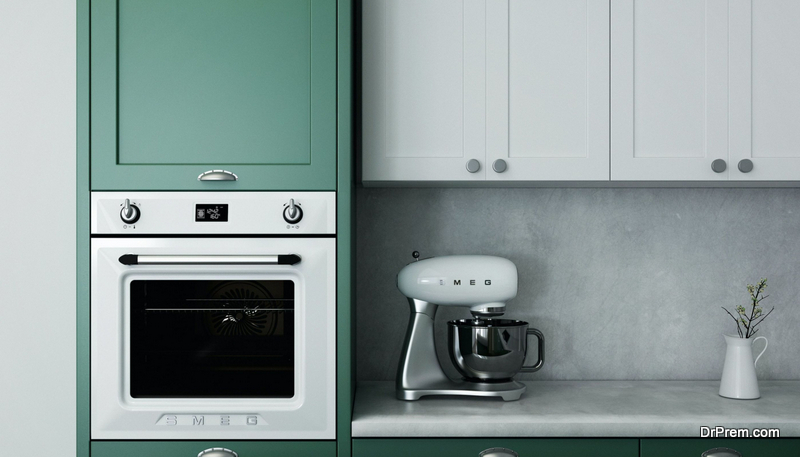Electrical surges are sudden jolts of energy that degrade or destroy sensitive electronics. They can be caused by external sources such as a lightning strike or a change in power distribution systems.
They can also occur from within your home, from sources like hairdryers, power tools and refrigerators that use motors. These sources account for up to 80% of power surges.
1. Keep Your Appliances Clean
Your appliances work hard day in and out to keep your home running smoothly. In addition, they are a sizable investment, so you want them to last as long as possible.
One way to do this is by cleaning them regularly. You can do this by removing dust from their surfaces and ensuring they have proper ventilation. This means removing blocks around air vents and cleaning filters, especially for combustion appliances like gas or oil furnaces.
Another way to protect your appliances is by installing a surge protector. These devices protect your electrical wiring from power spikes that cause damage to plugged-in appliances and other electronics.
A surge protector will also help you save on your energy bill, as many appliances use a significant amount of electricity to operate properly. Additionally, a surge of electricity can physically burn the wires inside an appliance, causing it to stop working or, worse, start a fire in your home. Getting a whole home warranty will give protection on your appliances in the event they do fail and have to be replaced.
2. Install a Surge Protector
A power surge can fry the internal wiring of appliances and devices. This type of damage is not easily repaired and can render your equipment inoperable or unusable. It also leaves them vulnerable to further damage.
Surges are caused by numerous reasons, including lightning strikes, downed tree limbs and human error. Many of these are preventable.
Adding a whole-home surge protection system is a smart investment. These systems are designed to detect internal sources of surges and divert them to the primary grounding wire. These surges can cause circuit overloads that burn out appliance motors or circuit boards.
The most affordable surge protectors resemble power strips and can be purchased at any hardware store. They can also be hardwired into your home’s main electrical panel. However, this requires a professional installation and should only be done by a licensed electrician. It is also important to regularly feel your outlets and surge protectors to ensure that they are not too hot to the touch.
3. Schedule Regular Maintenance
It’s important to keep up with regular maintenance on home appliances and systems. Basic tasks like cleaning and changing filters in HVAC systems, lubricating moving parts on appliances and checking for proper ventilation can help prevent avoidable system or appliance failure. Additionally, it’s a good idea to review maintenance schedules regularly. For instance, it may be necessary to change the frequency of certain tasks or make them more comprehensive.
It’s also important to communicate changes in scheduling with stakeholders (tenants, contractors, property managers, etc.). If they see that a specific request has been passed over repeatedly, it can get them antsy and aggravated—which can damage schedule compliance. It’s best to use a comprehensive property management tool that can be easily updated, tracked and used by all stakeholders. This will ensure everyone is on the same page and can work together effectively to implement changes in the schedule. This will help protect your appliances and systems from avoidable failures and extend their lifespan.
4. Check Your Warranty
If you are unsure about the warranty status of an appliance, contact the retailer where you purchased it. They may have records of the purchase and the manufacturer’s website may also provide information about warranties.
Another helpful resource is a home warranty provider. Many of these services offer a variety of plan options, including coverage for specific appliances and systems. They can be particularly useful in reducing the out-of-pocket costs of repairs for high ticket equipment.
However, it is important to keep in mind that a home warranty does not replace or repair items that have been damaged due to normal wear and tear or use for purposes they weren’t designed for. Frequent maintenance and smart usage are still the best ways to protect your investment in your appliances and systems. Ultimately, it comes down to personal preference and risk tolerance. Be sure to review the terms, conditions, and exclusions of any plan you are considering before making a decision.
Article Submitted By Community Writer




